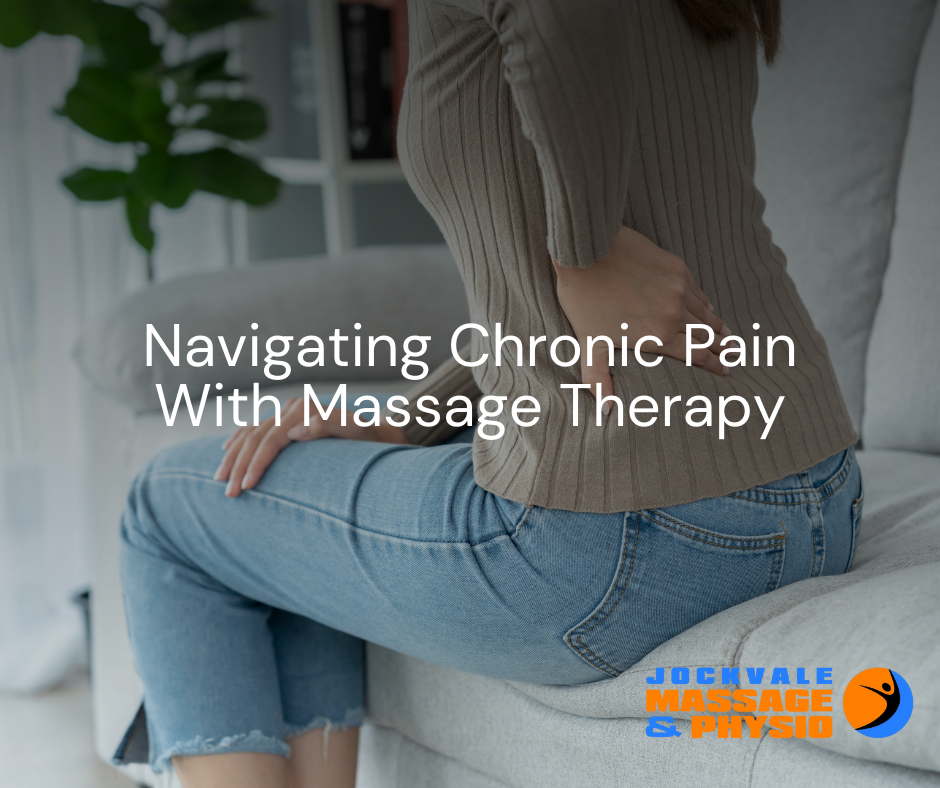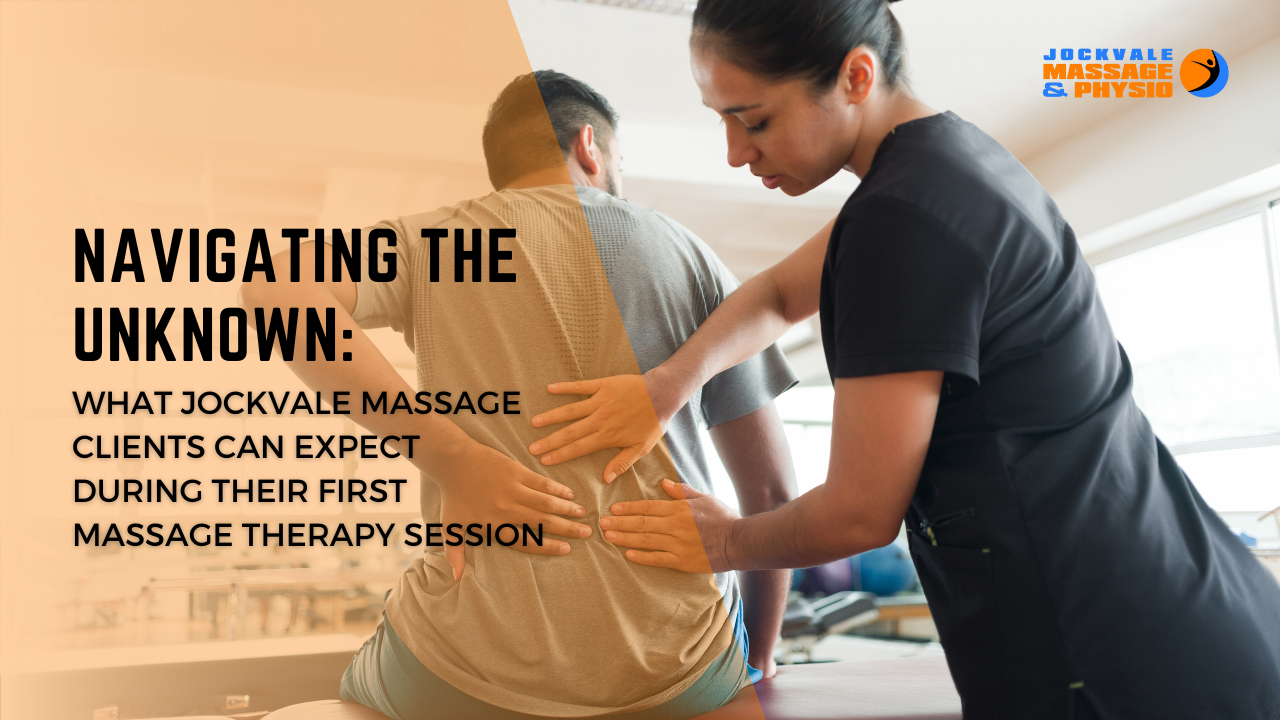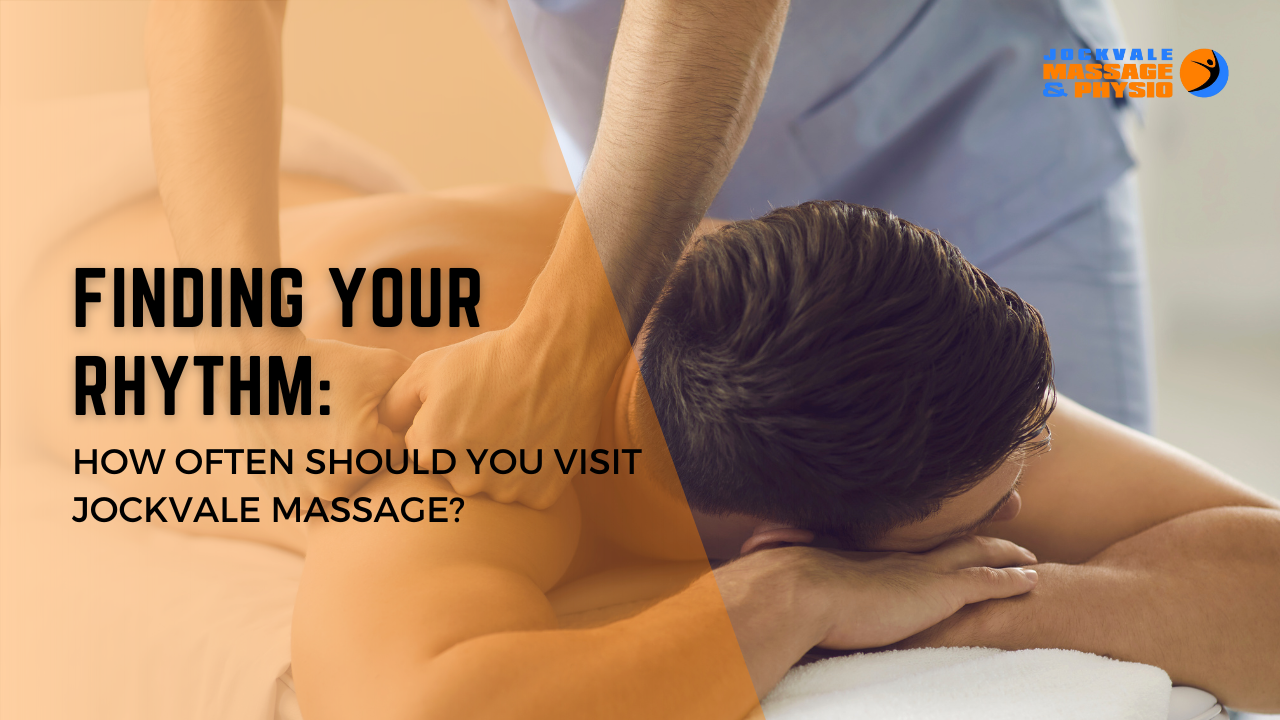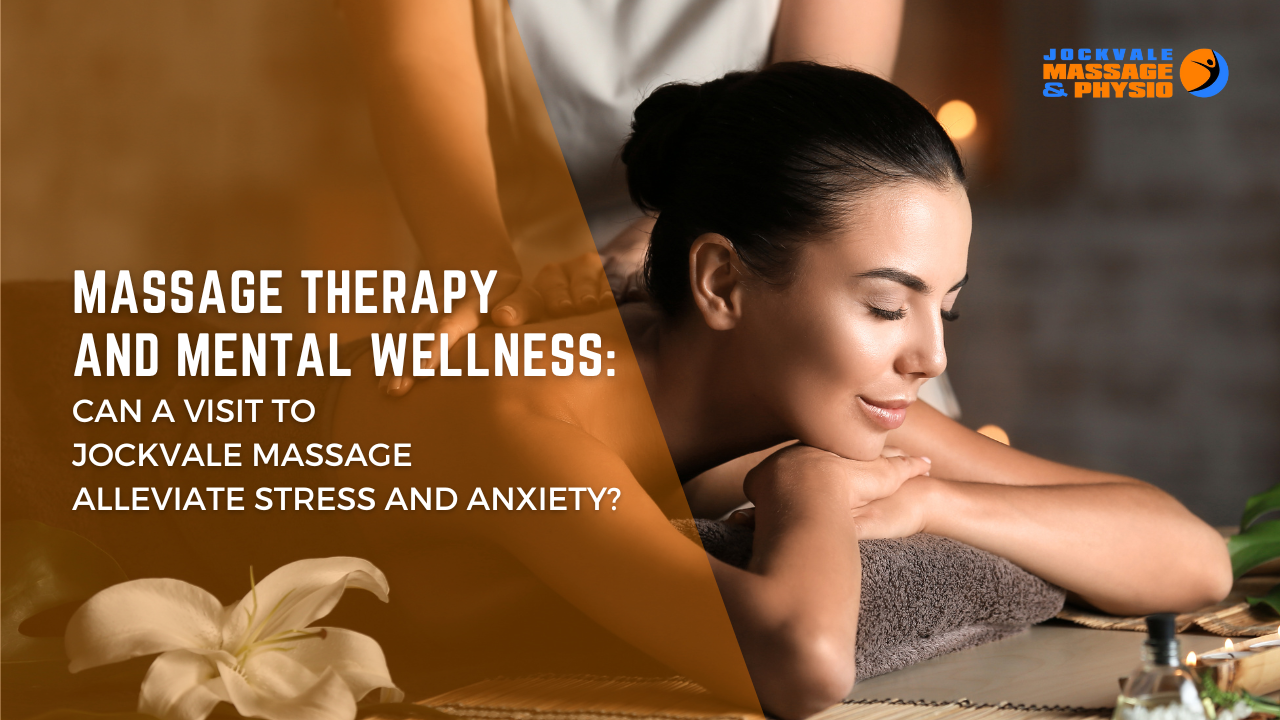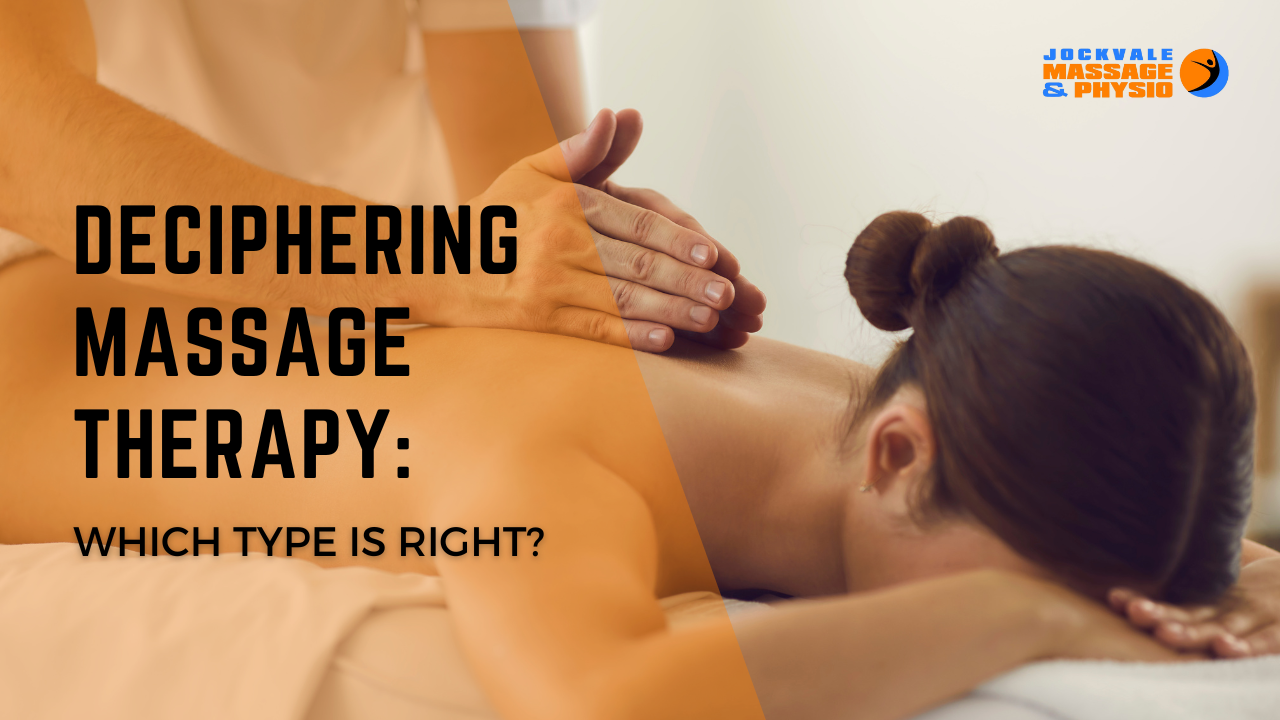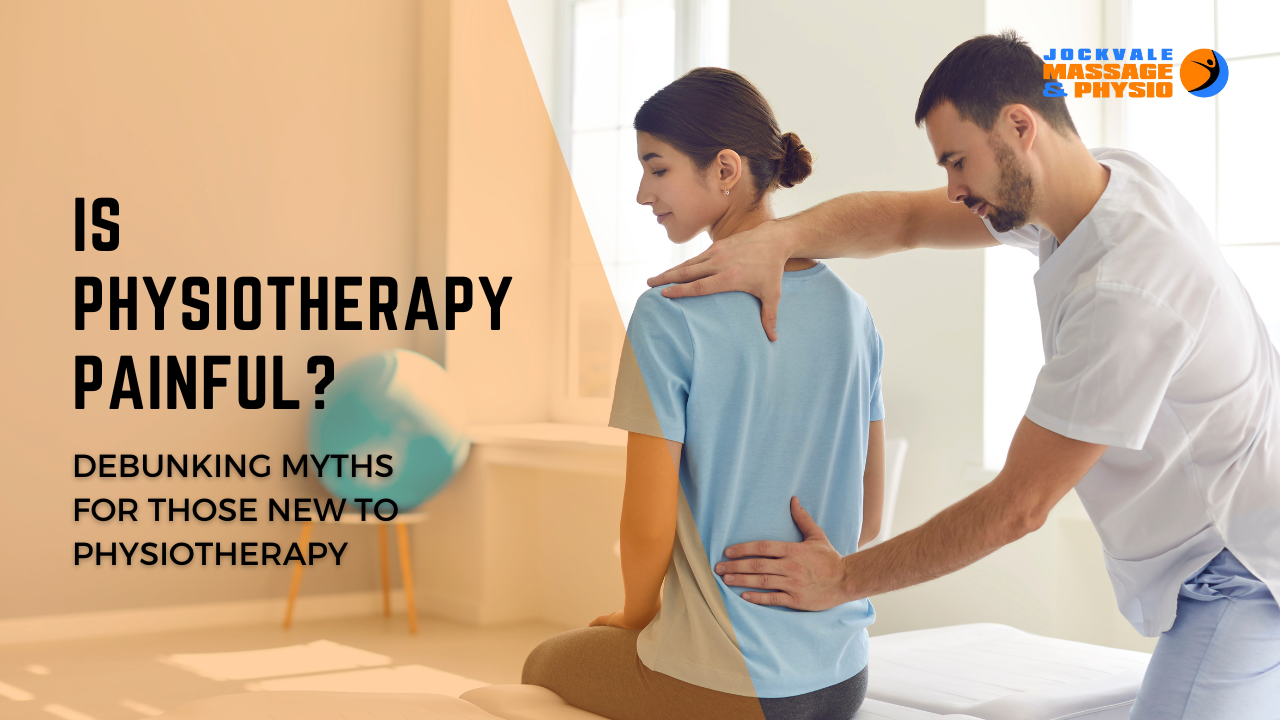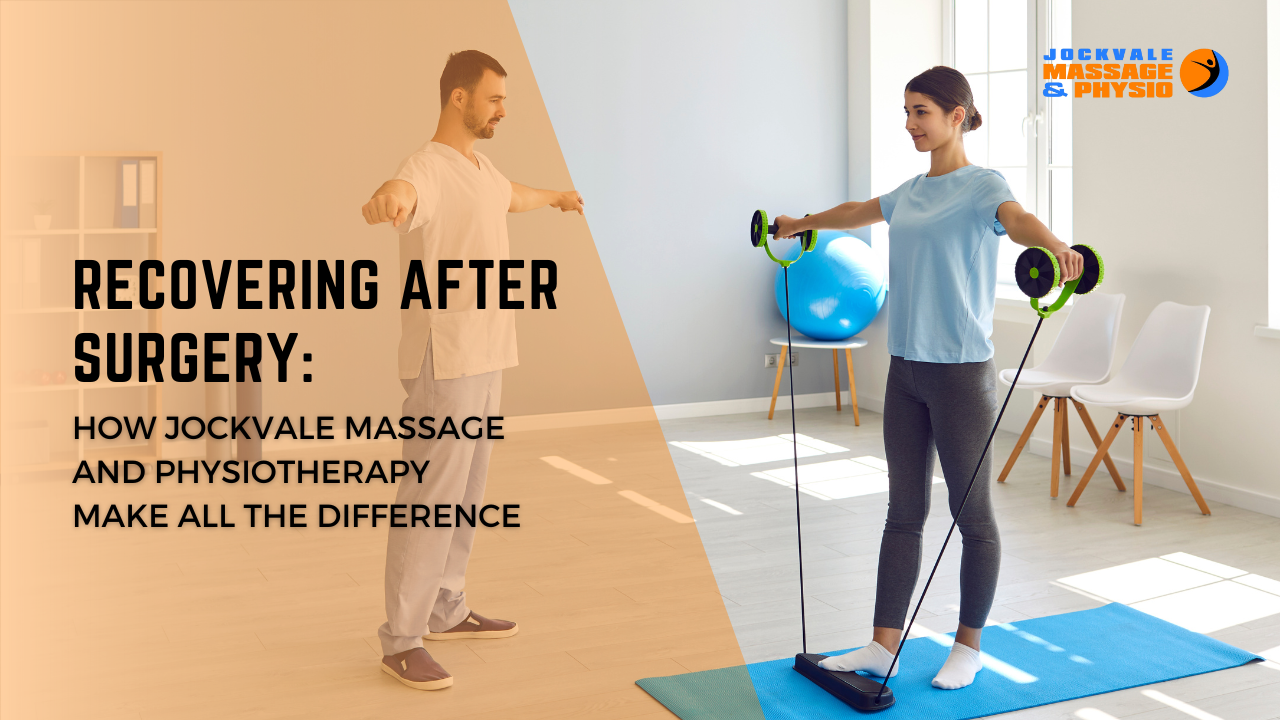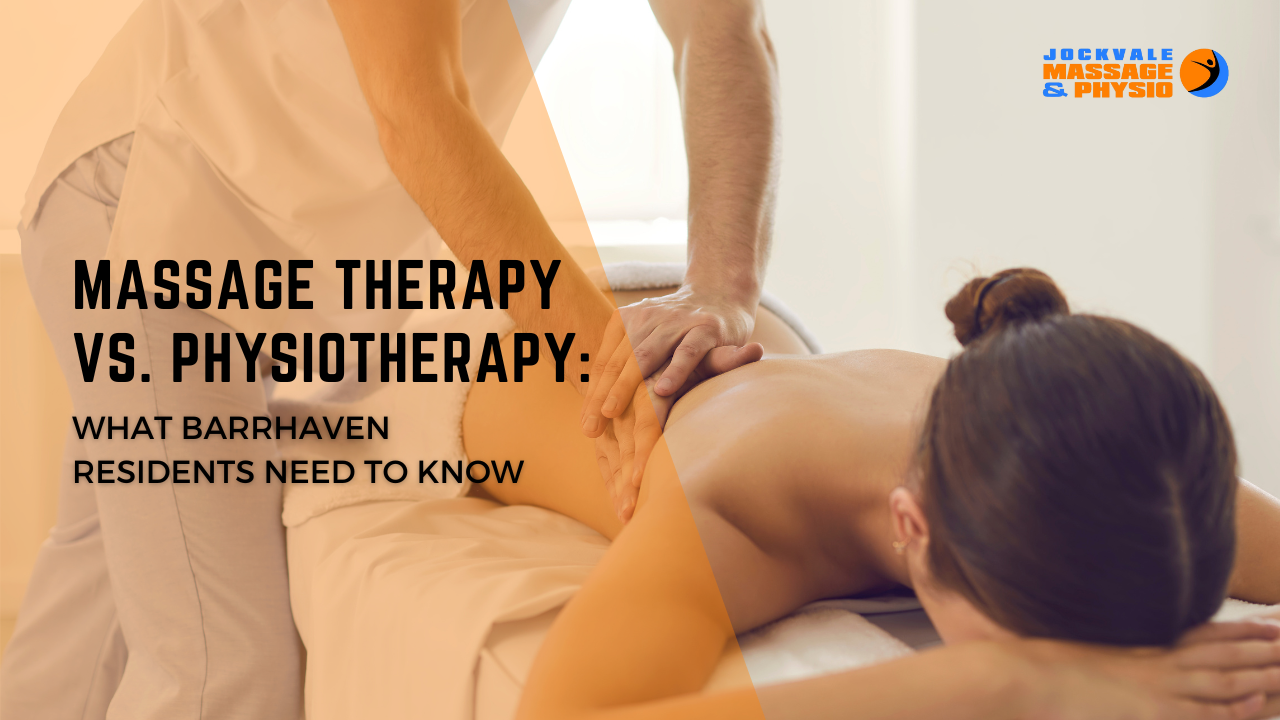At Jockvale Massage & Physio we are constantly striving to enhance the wellness journey of our clients by providing exceptional care and innovative treatment options. It is with great excitement that we introduce Reshmy Sutar, PT, the newest member of our dedicated team of healthcare professionals. Reshmy’s arrival marks the beginning of a new era in personalized physiotherapy, one that promises to elevate the standard of care we offer to our community.
A Fresh Perspective on Physiotherapy
Reshmy brings to our clinic a fresh perspective on physiotherapy, grounded in the latest evidence-based practices and a deep commitment to patient-centered care. Graduating from the College of Physiotherapists of Ontario in 2023, Reshmy has quickly distinguished herself as a passionate advocate for holistic wellness and functional recovery.
Personalized Care That Prioritizes You
What sets Reshmy apart is her unwavering dedication to creating personalized treatment plans that address the unique needs and goals of each patient. She believes that effective physiotherapy goes beyond treating symptoms; it involves understanding the patient’s lifestyle, activities, and overall health objectives. This approach ensures that every treatment plan is not only tailored to alleviate pain and restore function but also to enhance the patient’s quality of life.
Specialties and Areas of Interest
Reshmy specializes in a range of physiotherapy disciplines, including but not limited to:
- Orthopedic rehabilitation
- Sports injury recovery
- Chronic pain management
- Post-surgical rehabilitation
Her passion for promoting wellness and restoring function shines through in her commitment to staying abreast of the latest advancements in physiotherapy. Reshmy’s approach integrates innovative techniques with traditional methods to achieve the best outcomes for her patients.
Why Book a Session with Reshmy?
Booking a session with Reshmy means taking a significant step towards achieving your health and mobility goals. Whether you are recovering from an injury, dealing with chronic pain, or simply seeking to improve your physical performance, Reshmy’s expertise and personalized approach can help you navigate your wellness journey with confidence.
How to Get Started
We believe that everyone deserves access to quality physiotherapy services. That’s why we’re making it easier than ever to book a session with Reshmy. Simply call (613) 825-3837 today and ask for Reshmy. Our friendly staff will assist you in scheduling your appointment and answering any questions you may have.
Conclusion
At Jockvale Massage & Physio, we’re more than just a clinic; we’re a community dedicated to supporting each other in our wellness journeys. With Reshmy joining our team, we’re excited to offer our clients an even greater level of personalized care and expertise. Don’t wait to take the first step towards a healthier, happier you. Book your session with Reshmy today and experience the difference personalized physiotherapy can make.


